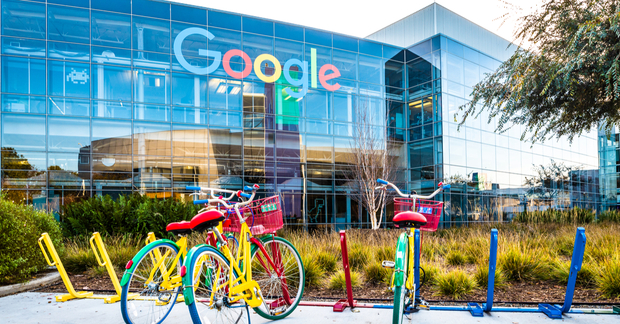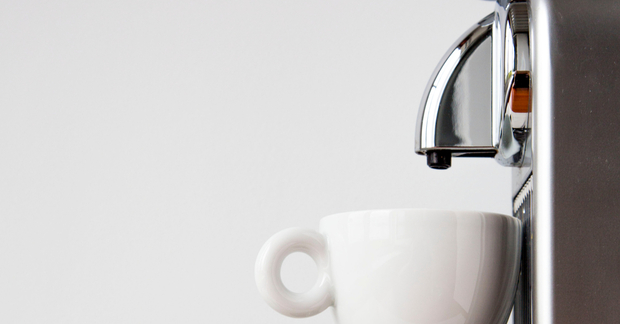The secret to a successful employee perks program
Office culture has become a science. In the past, a paycheque and a water cooler might have kept your employees happy but as office culture has aged, it has refined also.
In years gone by, a paycheque and a water cooler may have been all you needed to keep your employees happy. It’s unlikely that Don Draper ever heard of an employee perks program (despite enjoying some serious perks at work himself - Old Fashioned anyone?).
As the workplace has evolved, so have employee expectations. As the war for talent has cumulatively intensified, the workplace has had to become a source of competitive advantage. The workspace itself has had to become the kind of place employees would rather be than say, the pub. And the employee experience has to match. Here begins the task of creating a productive, collaborative workplace that is also a happy, enjoyable place for employees to spend their time.
Creating and sustaining a consistently amazing employee experience is likely to be causing you some grief - whether that's a mile-long to-do list or pressure to make it more measurable and show improvements.
However, improving employee experience doesn't need to be a headache. And somewhere very easy, affordable yet impactful place to start is revitalising your perks at work.
The perks at work revolution
If you had offered employees a ping pong table and beer on tap 30 years ago, you’d have been laughed out of town.
How things have changed. Google, brought to us by a couple of Stanford university students, started more than an internet search engine company, it started a workplace revolution. They made the corporate workplace FUN.

The seemingly outrageous amenities like gyms, swimming pools and multiple cafes were made available to all employees at the Googleplex. Yet, productivity increased. So as Google grew, so too did the idea that a stimulating workplace begets a stimulated workforce.
We see this as the seed from which the past decade of employee experience innovation has grown.
Why have an employee perks program?
There are two big reasons perks at work have such a positive impact:
- First impressions count: Visualise this: You walk into an office for a job interview. You immediately try to gauge the vibe of the place, figure out the atmosphere in the office. But how? What's your litmus test?
The most likely thing you’ll do is check out the surroundings. Are employees glumly tapping at keyboards in dull, grey cubicles? Is their conversation stifled? Is there a sad-looking water cooler in the corner and maybe an empty fruit bowl in the kitchen (save for last week’s leftover and brown banana)? Hmmm, it's not boding well.
On the flip side, imagine walking into a workplace where there is a hum of excited conversation coming from a brainstorming area which happens to include a ping pong table. The onsite gym is running lunchtime yoga, so you see them piling into the lift with mats under their arms. Others are enjoying a complimentary and deliciously healthy lunch. Clearly, this employer looks after their employees. What a difference this makes to your first impression!
We can’t all be Google, and most employees would not expect this from their workplace. However, small gestures go a very long way to improving the employee experience. A Messina ice cream on a hot day, free subscriptions to an exercise app, a monthly book club where you supply the book. These are all perks that require minimum investment, but can have a huge impact on the way employees and potential recruits evaluate your place of work.

- People work harder in jobs they care about
Enjoyable work is often nothing to do with what an employee is doing but how they are doing it.
A long, hard day in a dull, grey cubicle is about as inspiring as a leftover brown banana. Break that day up with a lively game of pingpong, and you could be looking at a perkier outcome. Providing a decent kitchen with sofas and comfortable chairs as a break-out space and you’ve provided a perfectly good day for a hard-working employee.
If you’re worried about reducing productivity by minimising the hours employees sit at their desk, then think again. Studies in both Germany and Sweden have reported significant increases in productivity and a reduction in sick days with shortened working hours.
The principle behind recreation in the workplace and an employee perks program is similar. These two strategies make time at work more enjoyable and show employees that you care for their wellbeing.
Perkbox: Give your team awesome perks at work
Did you know, 62% of employees would rather have great benefits than a pay rise? In Perkbox's Great Perk Search, we identified the top perks that employees value at work. Sadly, the ping pong / pool table, Friday lunch or beer, and office activities and clubs are less relevant in the COVID era than they once were.
This just means we need to be more innovative, inclusive and connecting with the perks we do provide. Look for a diverse range of perks that are easily accessible to employees, simple for you to set up, and affordable, and it's likely you’ll see a significant hike in employee happiness - fast.
Just some of the results we’ve seen include:
- improved productivity;
- reduced turnover;
- improved efficiency; and
- Savings in recruitment fees!
Perks at work are an impactful part of the overall employee experience. But what else does it take to create a fantastic experience for your staff? Find out more in Your Ultimate Guide to a Killer Employee Experience!



Share